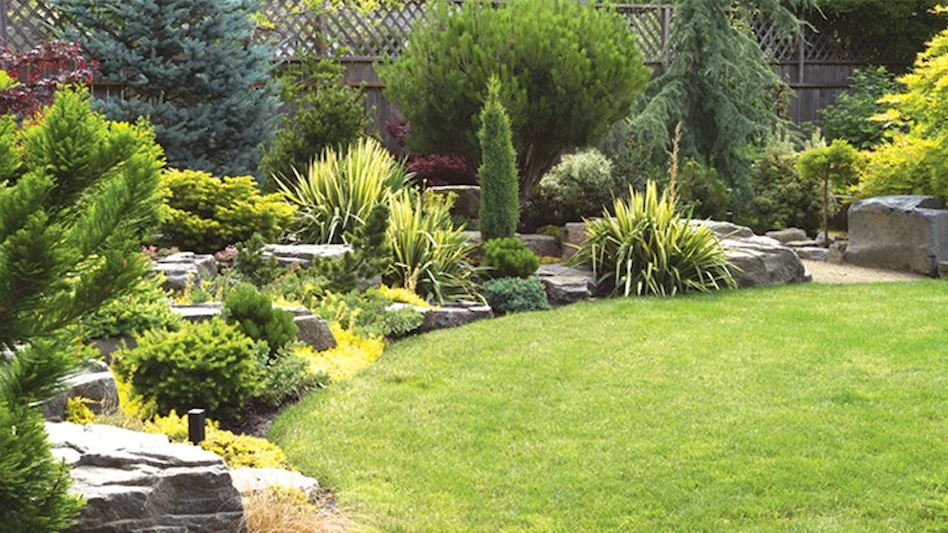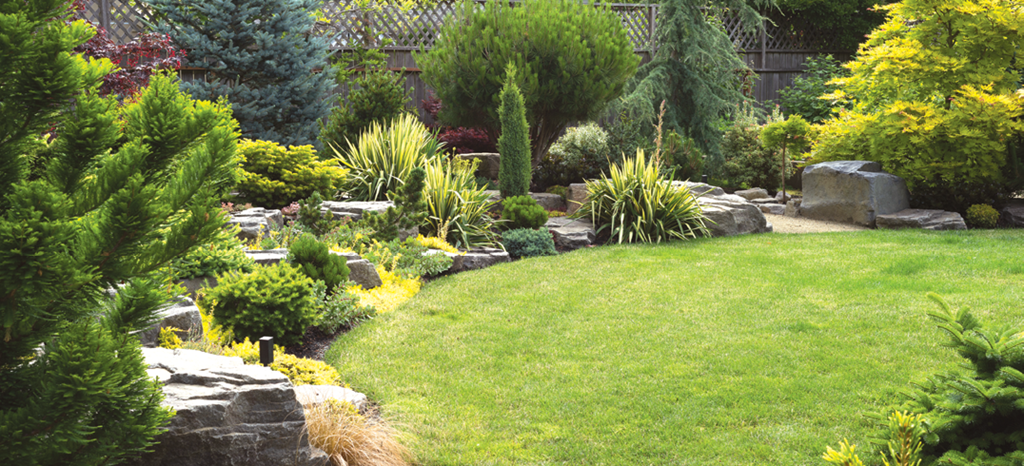
ADOBE STOCK

At your store, you’ve likely assisted customers who want to improve their gardens but don’t have any idea about how to start. They know when their yard needs work or appears less than exciting, but they can’t articulate why they are unhappy.
You’ve also assisted customers who have a new landscape and don’t know where to begin with the plantings. Some are faced with new plantings because something has changed on their property. In each of these cases, you’ve helped homeowners who need help with basic design principles.
Although we aren’t going to turn all employees and customers into garden designers, there are general guidelines for success that everyone can follow. These strategies can be helpful to have on hand, for shoppers and staff alike.
1. Size matters, and it will grow
A landscape won’t look its best if the shrubs and trees need to be constantly cut back in an ever-futile effort to keep them small. Similarly, if some plants grow so large that they smother others or block windows or walkways, this can tend to look unkempt or poorly designed.
Find out how large the plants chosen will grow and space them accordingly. Assume that most shrubs and trees grow larger than what’s listed on labels. If the newly planted landscape looks bare because the plants are appropriately spaced, use perennials, annuals or objects such as birdbaths to fill spaces while the larger plants grow. Perennials and garden ornaments can be moved as shrubs grow larger.
2. Match plants to the amount of sunlight
Using the right plant in the right place is one of the first rules of good garden design. Beautiful landscapes contain plants that are thriving, so choose varieties known to prosper in your location.
3. Use a variety of foliage colors and textures
Most people tend to focus on flowers, but a good garden designer looks at foliage first. Many plantings look boring because most of the plants have tiny green leaves. Aim to have a variety of leaf sizes, colors
4. Plant a mix of evergreens and deciduous plants
If gardens have a mix of plants that keep their foliage 12 months a year and those that lose leaves in the winter, there will be something of interest through all the seasons.
Evergreens and structures such as stonewalls or fences are often called “the bones” of a garden. In colder climates, think of these plants and structures as the places where snow will fall. Landscapes with “good bones” are beautiful even when plants lose their leaves or are dormant.
5. Don’t go overboard with novelty
Even if you love topiary, weeping varieties or variegated plants, for example, when these are used to excess, they lose their impact.
6. Aim for a range of flowering times
Choose plants that flower at different times throughout the year so that something special is happening in all seasons.
7. For shrubs, plant some groups and some singles
If a garden is planted with one of these and one of those, it tends to look like a lineup of “the usual suspects.” Good designs have some large groups of a single

8. For perennials and annuals, larger groups are better
Unless you’re planting in a field or meadow style, most flower gardens look best when plants are placed in larger groups. Straight lines of plants are best for formal style gardens, while groups or “puddles” of plants look good in informal plantings.

Explore the March 2019 Issue
Check out more from this issue and find your next story to read.
Latest from Garden Center
- GS1 US Celebrates 50-Year Barcode 'Scanniversary' and Heralds Next-Generation Barcode to Support Modern Commerce
- Weekend Reading 7/26/24
- Retail Revival: Making gardening contagious
- ‘Part of our story’
- Registration now open for Garden Center Fertile Ground Webinar Series
- Dramm introduces new hose, sprinkler attachments for home gardeners, nurseries
- Meet the 15 Retailers' Choice Awards winners from Cultivate'24
- 2024 Top 100 Independent Garden Centers List





